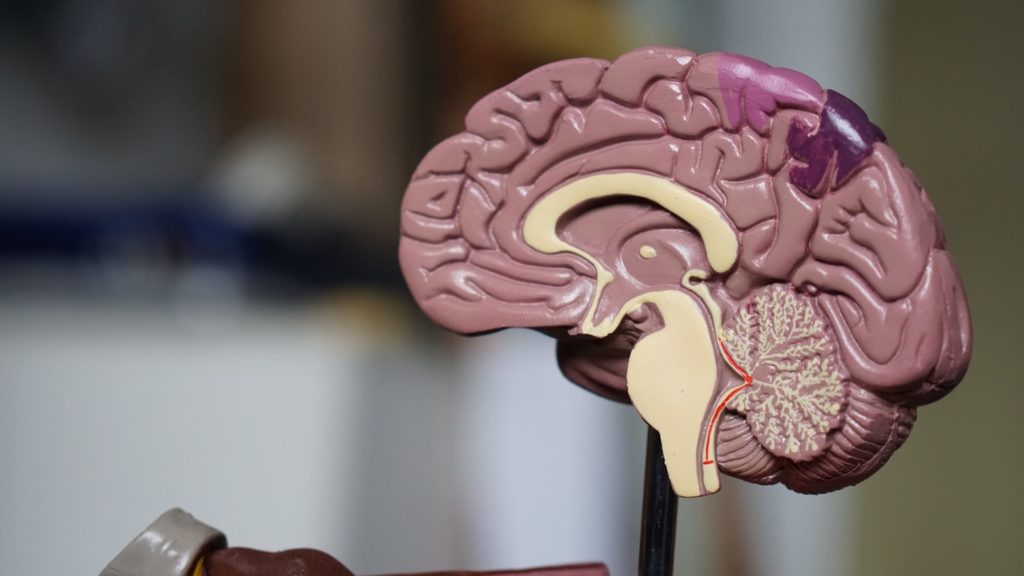Background
When managing patients with critical illness including sepsis and hypovolaemic shock it is vital that perfusion of critical end organs including the heart and brain are monitored. Existing global perfusion measures include blood pressure and venous lactate. Local measures include urine output. Research measures include cerebral near-infrared spectroscopy, which may be useful for serial monitoring but is very variable between individuals and sublingual dark field microscopy which assesses local microcirculatory changes that may indirectly correlate with end-organ perfusion. The neuro-retina is part of the central nervous system and in healthy individuals, retinal perfusion mirrors cerebral perfusion and is subject to the same auto-regulatory mechanisms. Retinal perfusion is monitored non-invasively using OCT-A.
Pilot data obtained in the Queen Elizabeth Hospital suggests that OCT-A is a reliable method to assess retinal blood flow on ITU and changes in retinal blood flow may reflect systemic morbidity.
Method
We will recruit patients with scheduled major surgery at risk of sepsis and critical illness and assess retinal blood flow pre-operatively and post-operatively using OCTa alongside other measures of systemic and end-organ perfusion.





